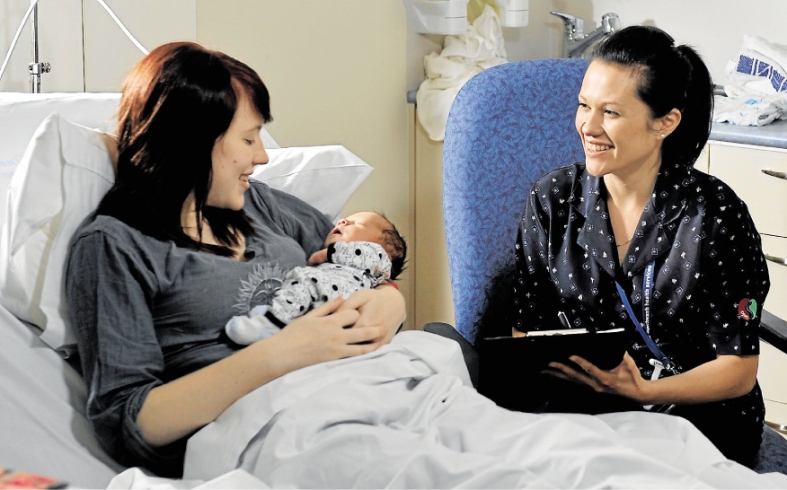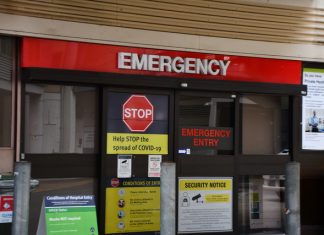Even now they’re grown and have families of their own, Mary Little’s children still refuse to accompany her shopping in Bacchus Marsh, so frequently is Djerriwarrh Health Service’s most senior midwife intercepted by ‘babies’.
“People are forever stopping me on the street,” Little chuckles.
“They’ll come up with some strapping lad and say, ‘Mary, this is little Jimmy you delivered 20 years ago. Do you remember him’?
“‘Well,’ I’ll say, ‘he’s changed a bit’.”
The obstetrician who lives in the town generally manages to pass incognito by walking around with her hat pulled down, but no one misses Mary.
“They will either watch you sidelong, thinking ‘that’s that old cow who made me push’ or they proudly produce the evidence and say ‘remember this one or that one’,” Little reveals.
In 26 years working at the Bacchus Marsh & Melton Regional Hospital (BM&MRH), the now maternity services manager has attended the births of thousands of babies. During that time she has also witnessed profound changes both in the role of the midwife and social attitudes toward childbirth.
“In the past we were obstetric nurses and you just did what you were told. You didn’t do deliveries, in fact you were rarely even in for the delivery. You didn’t even examine the women yourself because that was not your role.
“You were really just a handmaiden to the doctor and, after birth, to the women. Now there is an opportunity to have a career path as a midwife.”
In the maternity unit of BM&MRH, it’s the midwives who run the show; providing the antenatal and postpartum care as well as being responsible for most deliveries, with doctors working alongside where required according to consensus guidelines.
“We are really a unique unit for our size. There is no other hospital in Australia that really does what we do,” Little says.
Since 2004-05 the number of births at the historic hillside hospital with its special Anzac pine — a descendant of a tree on the Gallipoli
battlefield — has more than doubled, reflecting the population growth in Melbourne’s outer west.
The 912 births recorded here last financial year are expected to be eclipsed by 2012-13
figures with a record 118 expectant mums booked this month and a further 90 next month.
The unit caters for public patients considered at low risk of complications, allowing women to give birth locally in the most relaxed environment a clinical setting allows.
“These are well women. As midwives we want to make midwifery very much a normalcy of life. It is a process, not a sickness,” says Little.
In keeping with this philosophy the BM&MRH — with its 11 beds and two birthing suites — boasts one of the quickest turnarounds of any maternity unit in Australia.
Mothers stay an average of 2.3 days compared to 2.8 days nationally.







